Home>Ideas and Tips>Baroque Beauty: Ornate And Dramatic Interiors
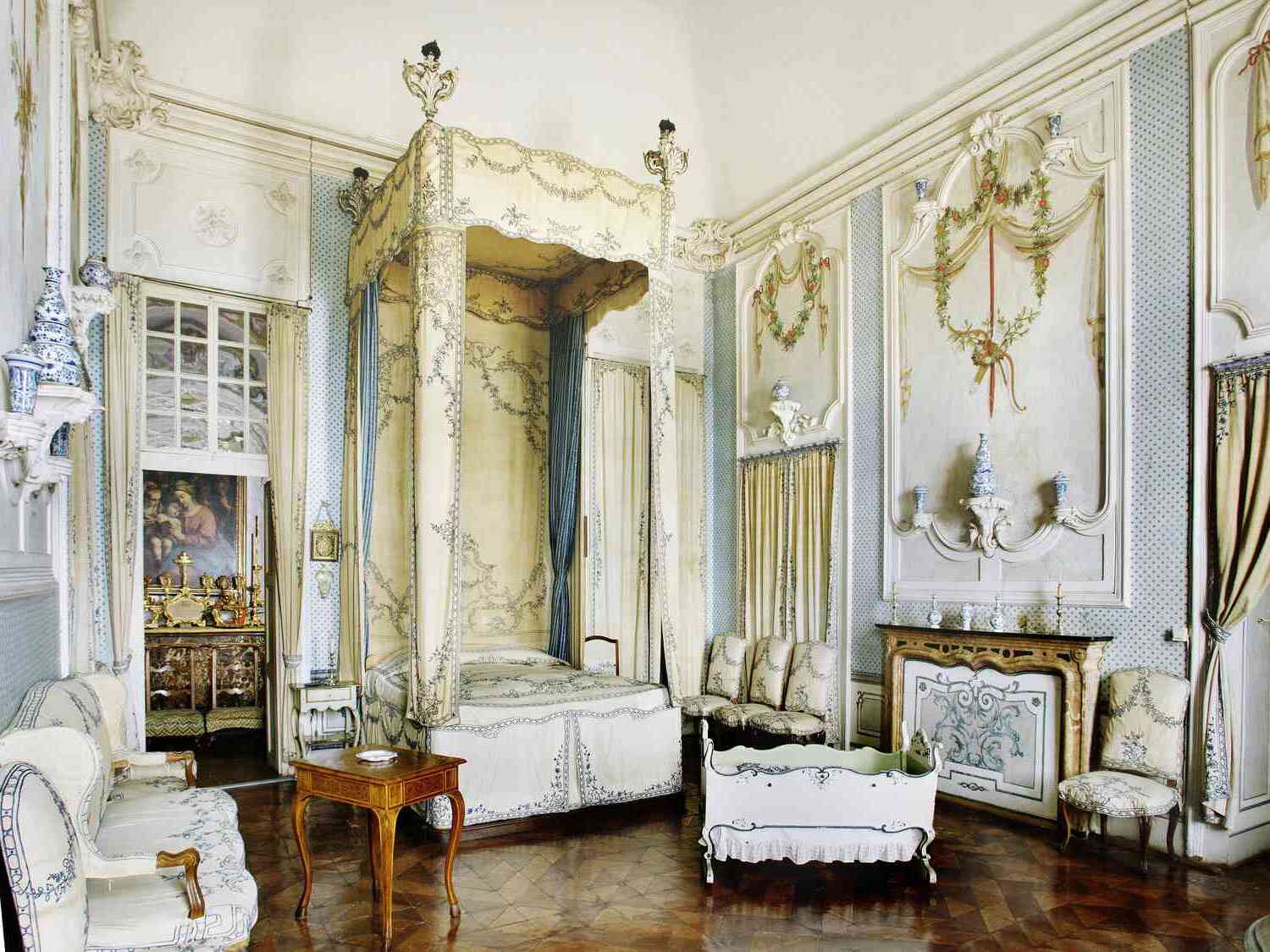

Ideas and Tips
Baroque Beauty: Ornate And Dramatic Interiors
Published: October 23, 2024
Discover the opulence of Baroque interiors with ornate decor, luxurious materials, and dramatic contrasts. Transform your home into a masterpiece of elegance.
(Many of the links in this article redirect to a specific reviewed product. Your purchase of these products through affiliate links helps to generate commission for Storables.com, at no extra cost. Learn more)
Introduction
When we think of interior design, few styles evoke the same level of grandeur and opulence as the Baroque. Emerging in 17th-century Italy and spreading rapidly across Europe, Baroque interior design is characterized by its lavish ornamentation, dramatic contrasts, and lively colors. This style is not just about aesthetics; it's an experience that transports you to a world of luxury and sophistication. In this article, we will delve into the world of Baroque interior design, exploring its key elements, historical context, and practical tips for incorporating this timeless style into your home.
Read more: Ornate And Dramatic Baroque Interior Beauty
Historical Context
The Baroque style originated in Italy in the late 16th century and quickly spread throughout Europe. It was a period of artistic and cultural development that lasted from the late 16th century to the mid-18th century. The term "Baroque" comes from the Portuguese word "barroco," meaning an irregularly shaped pearl. This name aptly describes the style's emphasis on dramatic curves, intricate details, and a sense of movement and emotion.
The Rise of Baroque
The Baroque movement emerged as a response to the more restrained and classical styles of the Renaissance. It was characterized by a desire for grandeur and drama, reflecting the cultural and artistic trends of its time. The Catholic Church played a significant role in the development of Baroque architecture and interior design, commissioning grand palaces, churches, and public spaces that showcased the style's opulence.
Key Characteristics
-
Ornate Decor
- Baroque interior design is renowned for its ornate decor. Every element, from furniture to architectural details, is meticulously crafted with intricate patterns and rich textures. Think grand chandeliers hanging from high ceilings, ornate mirrors reflecting the beauty of the room, and plush upholstery beckoning you to sit and stay awhile.
-
Dramatic Contrasts
- One of the defining features of Baroque design is its use of dramatic contrasts. This can be achieved through the interplay of light and shadow, creating a visual style that is both dramatic and elegant. Painted ceilings, carved moldings, and other ornamental details add depth and texture to the space.
-
Luxurious Materials
- Baroque interiors are characterized by the use of luxurious materials like velvet, silk, and brocade. These fabrics add a tactile richness to furnishings, while marble, gilt, and precious metals lend an air of opulence to architectural elements.
-
Bold Colors
- Baroque design embraces bold colors and contrasts to create visual impact and drama. Deep jewel tones such as royal blue, emerald green, and rich burgundy are often complemented by gold accents that shimmer and shine. These colors are used to evoke richness and depth in the space.
-
Curved Lines and Bold Shapes
- The use of curved lines and bold shapes is another key element of Baroque design. Elaborate carvings and moldings create a sense of movement and drama, drawing the eye and captivating the imagination.
-
Lavish Decorations and Ceiling Frescoes
- Baroque interiors often feature lavish decorations and ceiling frescoes. These elaborate paintings and sculptures adorn every surface, transforming buildings into dazzling displays of craftsmanship and artistry.
-
Integration of the Arts
- The Baroque style is known for its integration of the arts. Sculpture and painting are often combined to create a unified work of art. Bronze sculptures, elaborately carved mirrors, and sculpted wood mirrors are common features of Baroque interiors.
Practical Tips for Incorporating Baroque Elements
Incorporating Baroque elements into your home can be both exciting and challenging. Here are some practical tips to help you achieve that luxurious feel:
Statement Furniture Pieces
-
Ornately Carved Chairs
- Start with statement furniture pieces like beautifully carved armchairs or intricately detailed tables. These pieces can serve as focal points in your space and add a touch of Baroque flair.
-
Elaborately Gilded Mirrors
- Mirrors are an essential part of Baroque design. Opt for ornately gilded mirrors that not only provide functionality but also serve as stunning decorative pieces.
-
Luxurious Upholstery
- Choose luxurious upholstery materials like velvet or silk for your furniture. These fabrics will help you achieve that luxurious feel without overwhelming your room.
Architectural Details
-
Decorative Moldings
- Enhance the architectural integrity of your space with Baroque-inspired architectural details like decorative moldings, cornices, and ceiling medallions adorned with intricate motifs and scrollwork.
-
Columns and Arched Doorways
- Incorporate architectural elements such as pilasters, columns, and arched doorways to create a sense of grandeur and sophistication.
Art and Accessories
-
Ornate Gilded Frames
- Add the finishing touches to your Baroque-inspired interior with art and accessories that reflect the opulence and extravagance of the Baroque style. Display ornate gilded frames with classic Baroque paintings or hang dramatic tapestries and wall hangings.
-
Crystal Chandeliers
- Finish off your space with decorative accessories like crystal chandeliers, porcelain figurines, and intricately crafted objets d’art to complete the Baroque look.
Layering Textures
-
Velvet Cushions
- Layering textures is crucial in achieving that luxurious feel without overwhelming your room. Think velvet cushions, silk drapes, and rich rugs.
-
Rich Rugs
- Rich rugs can add warmth and texture to your space while complementing the opulent materials used in Baroque design.
Read more: Dramatic And Mysterious Gothic Glamour
Lighting
-
Grand Chandeliers
- Lighting is another crucial aspect of Baroque interiors. Opt for grand chandeliers or ornate sconces that not only provide illumination but also serve as stunning decorative pieces.
-
Dramatic Lighting Effects
- Employ innovative techniques to manipulate light and shadow in your space. Dramatic chiaroscuro effects can add depth and dimension to interior spaces, heightening the sense of spectacle and creating a sense of mystery and intrigue.
Conclusion
Incorporating Baroque elements into your interior design scheme allows you to evoke the timeless elegance and grandeur of this iconic style. From dramatic ornamentation and rich materials to bold colors and contrasts, Baroque design offers endless opportunities for creating luxurious and visually stunning interiors. Whether you choose to go all out with a full Baroque scheme or simply incorporate a few key elements into your home, this style is sure to impress.
Remember, the beauty of Baroque design lies in its richness and attention to detail. So go ahead, let your creativity flow, and transform your space into a masterpiece of your own!
FAQ
Q: What are the key elements of Baroque interior design?
A: The key elements of Baroque interior design include ornate decor, dramatic contrasts, luxurious materials like velvet and silk, bold colors such as royal blue and gold, curved lines and bold shapes, lavish decorations and ceiling frescoes, and the integration of arts through sculpture and painting.
Read more: Ornate And Opulent Victorian Home Splendor
Q: How can I incorporate Baroque elements into my home?
A: You can incorporate Baroque elements into your home by starting with statement furniture pieces like ornately carved chairs or elaborately gilded mirrors. Layering textures such as velvet cushions and silk drapes will help achieve that luxurious feel. Enhance architectural details with decorative moldings and columns. Add finishing touches with art and accessories like ornate gilded frames and crystal chandeliers.
Q: What role does lighting play in Baroque interior design?
A: Lighting is crucial in Baroque interior design. Opt for grand chandeliers or ornate sconces that provide illumination while serving as stunning decorative pieces. Employ dramatic lighting effects to manipulate light and shadow, adding depth and dimension to interior spaces.
By understanding and embracing these elements, you can create a space that exudes the opulence and grandeur characteristic of Baroque interior design.
Was this page helpful?
At Storables.com, we guarantee accurate and reliable information. Our content, validated by Expert Board Contributors, is crafted following stringent Editorial Policies. We're committed to providing you with well-researched, expert-backed insights for all your informational needs.
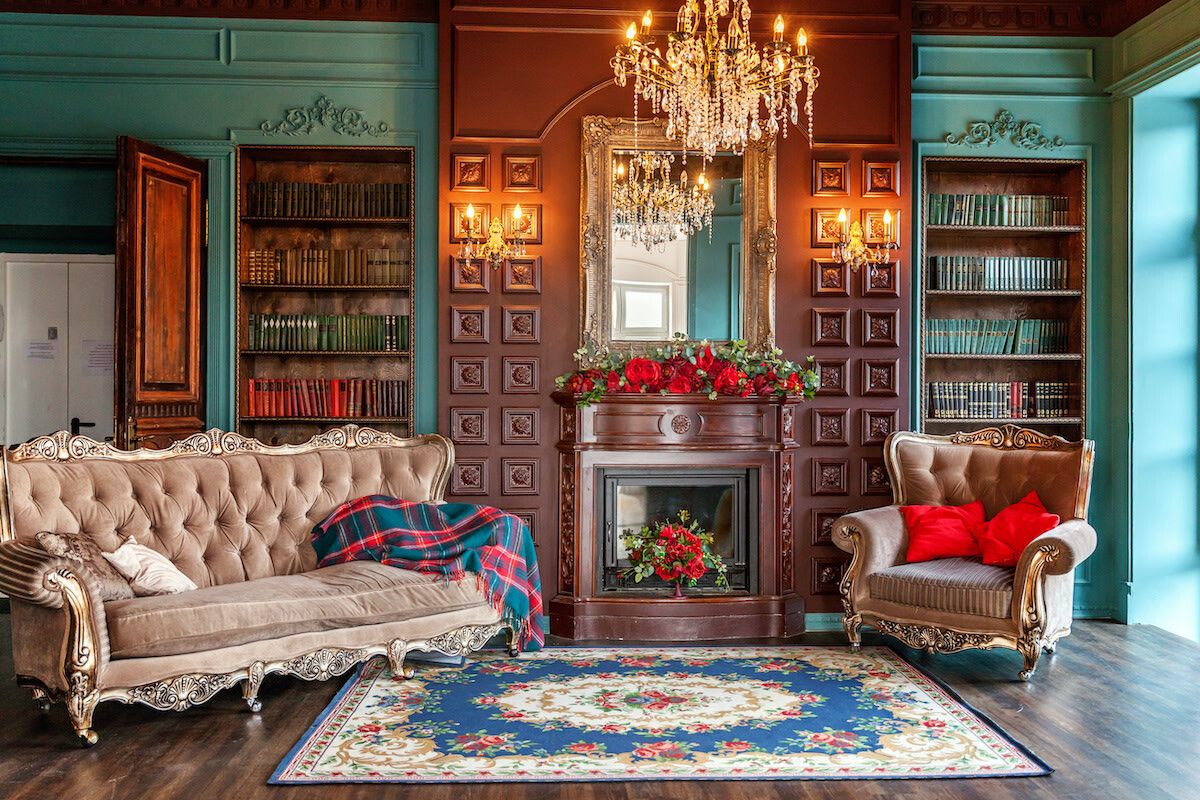
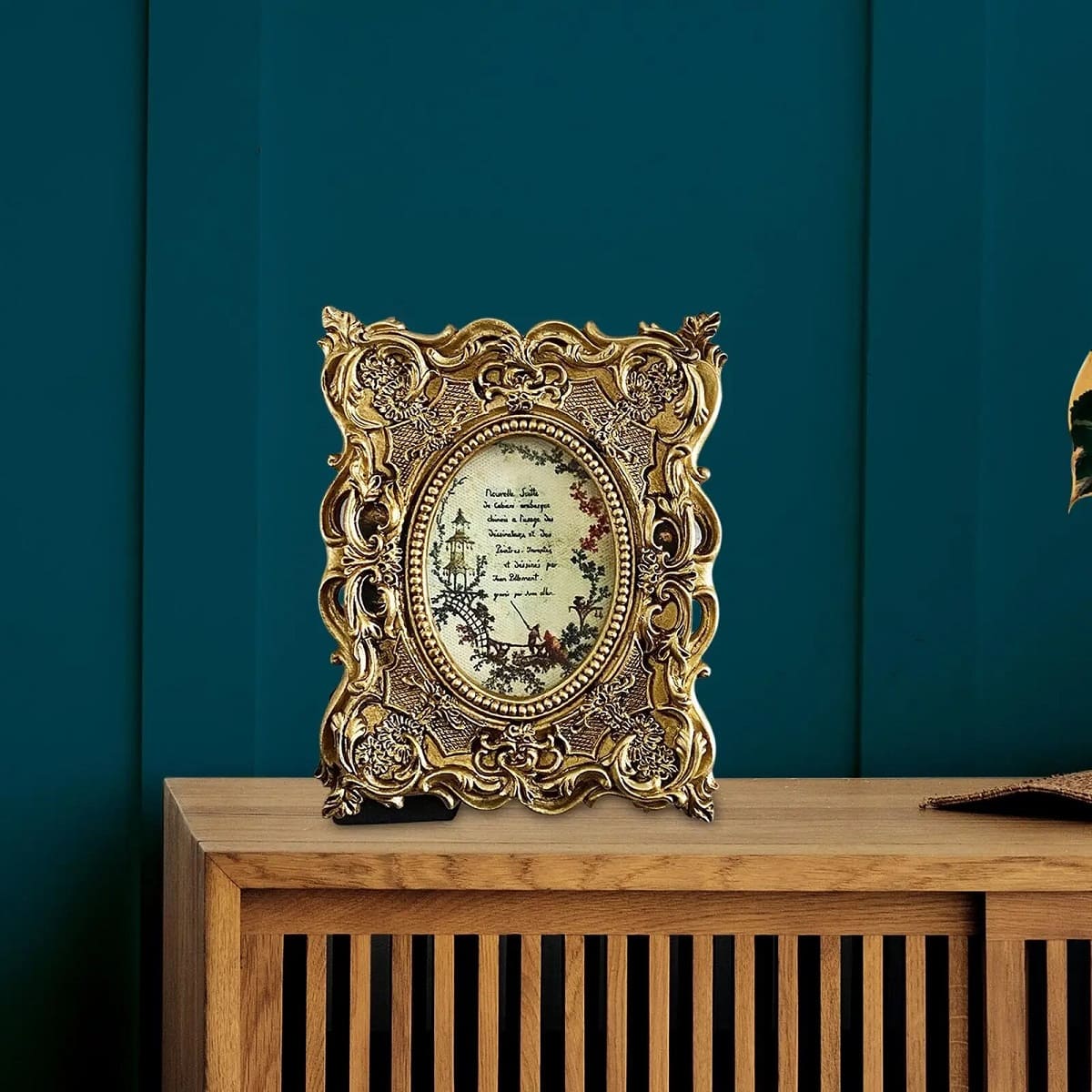
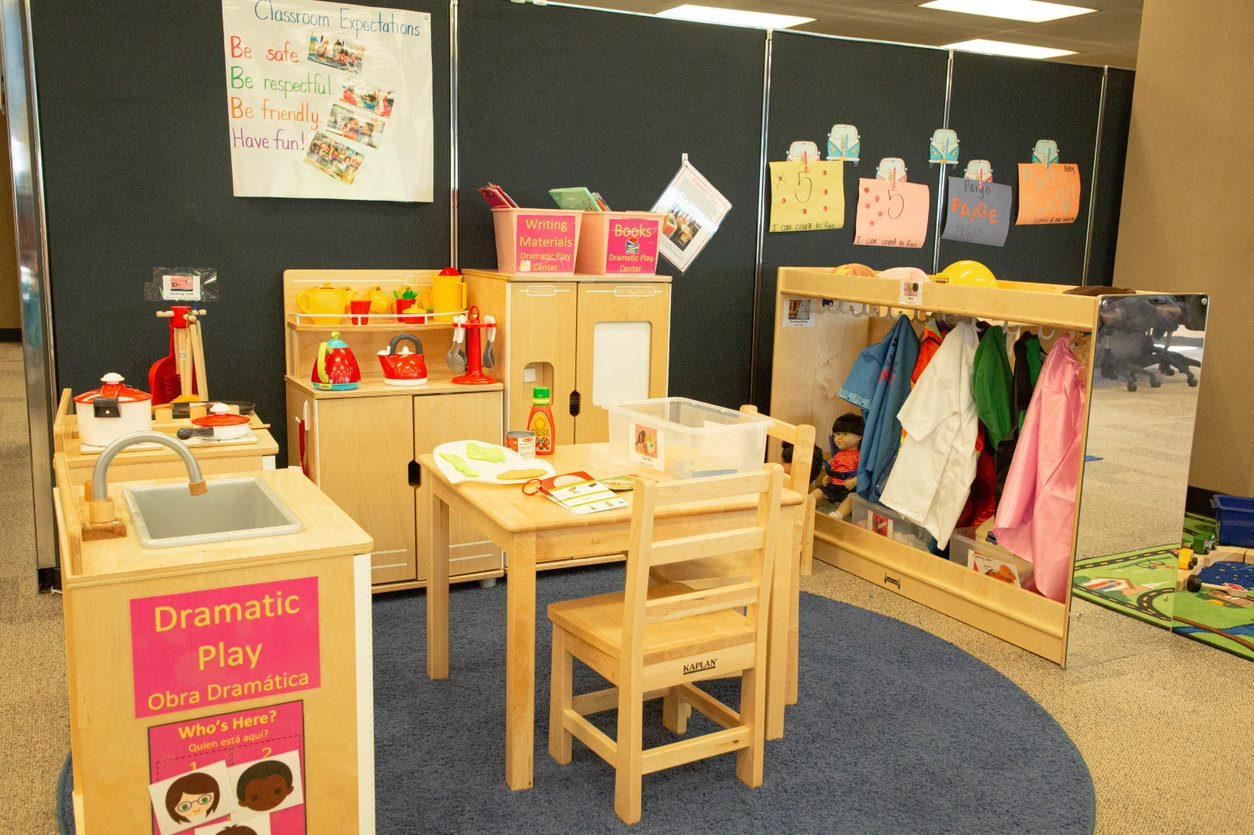
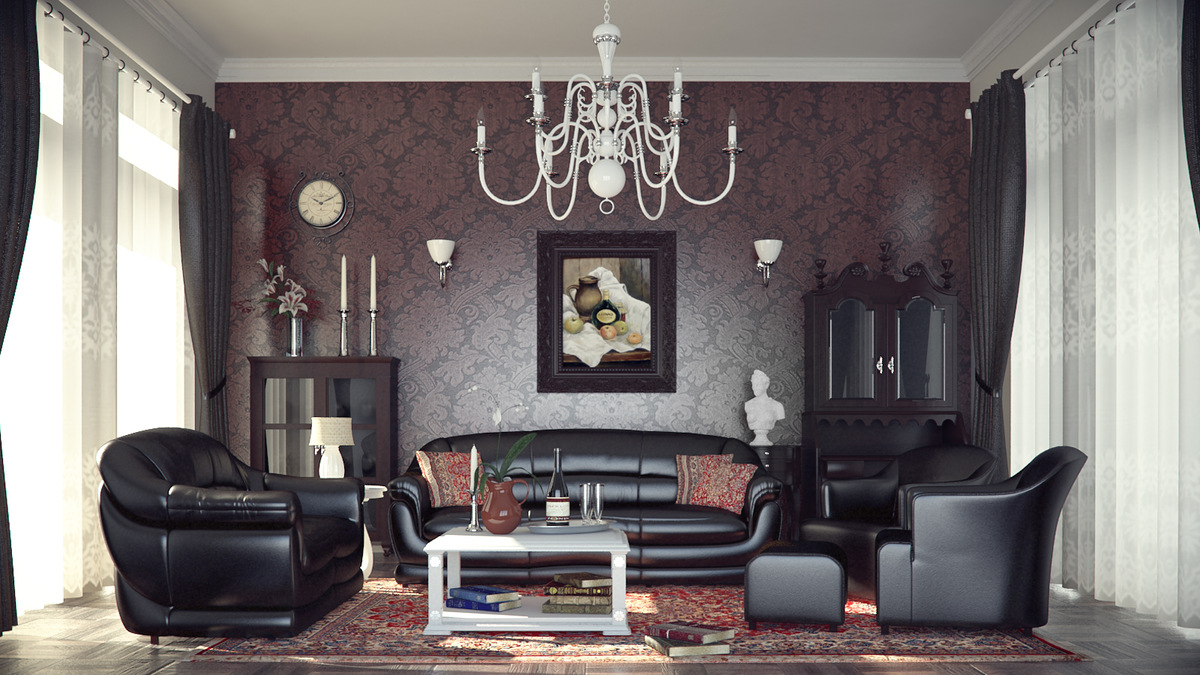

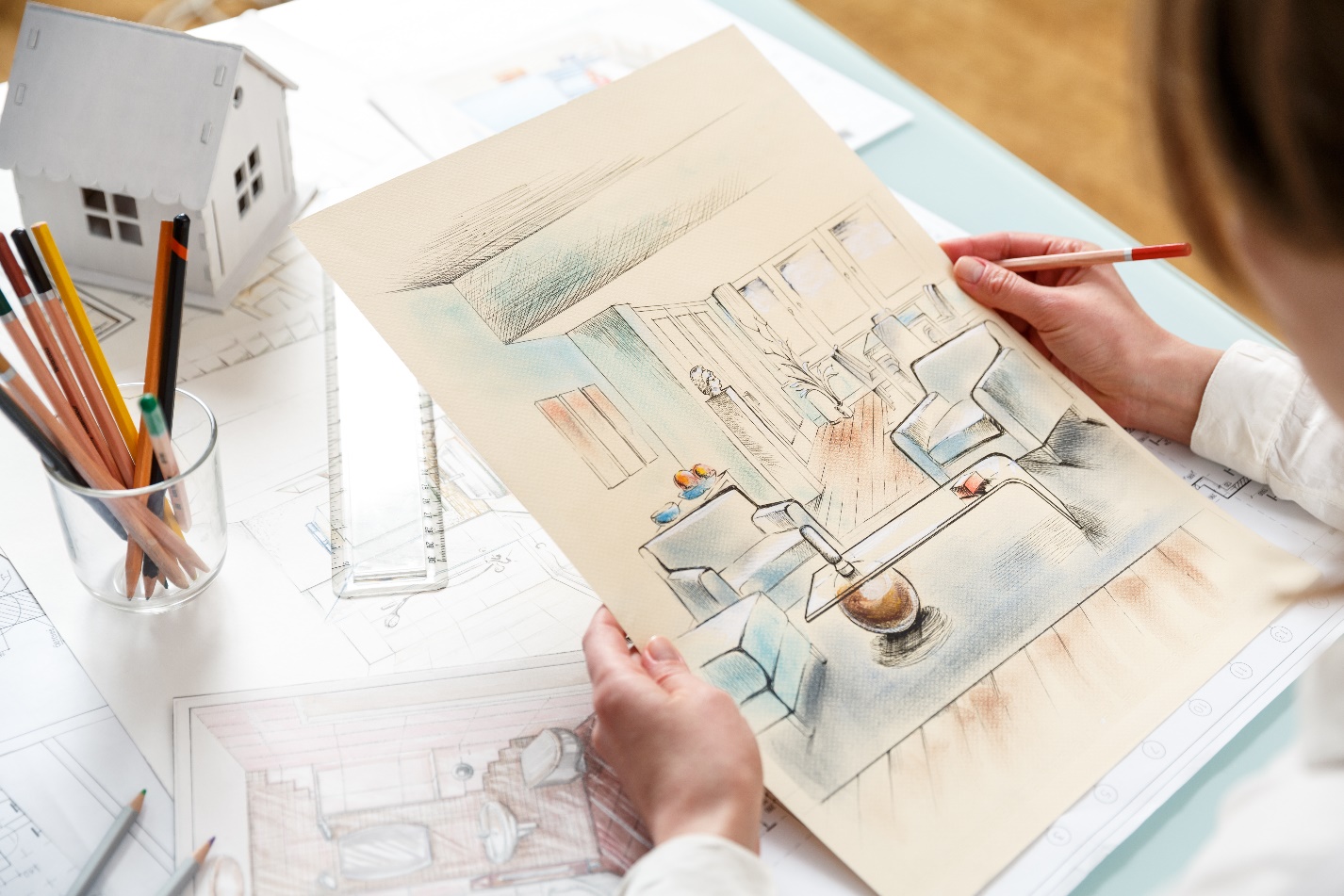
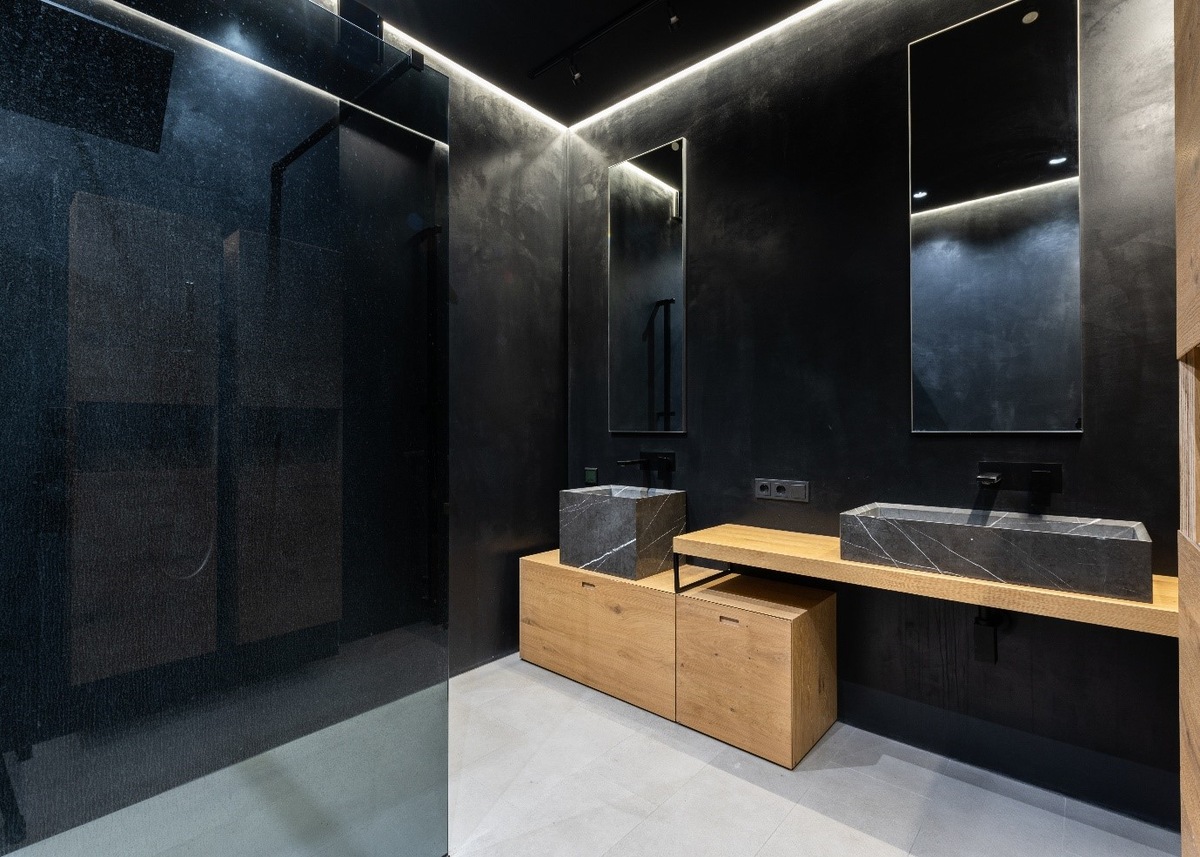
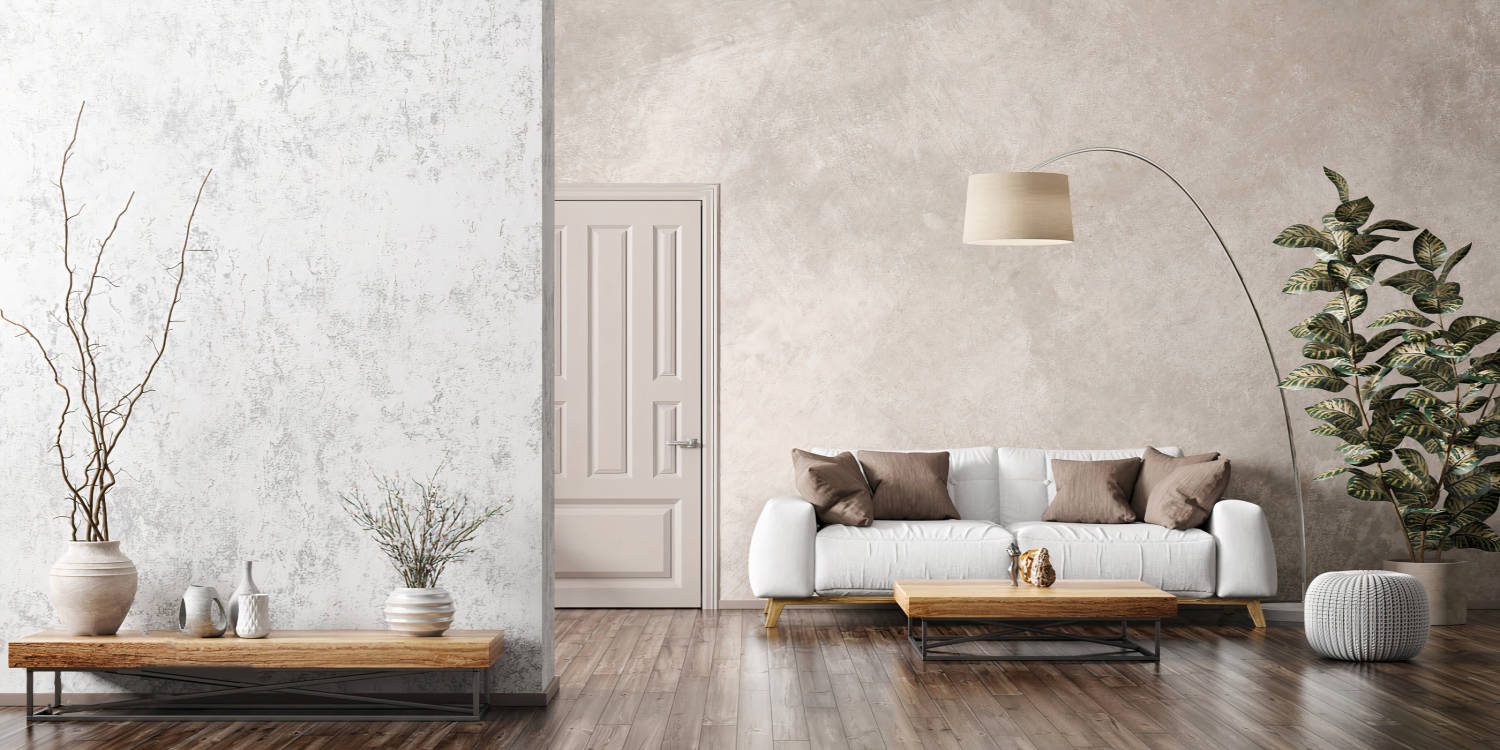
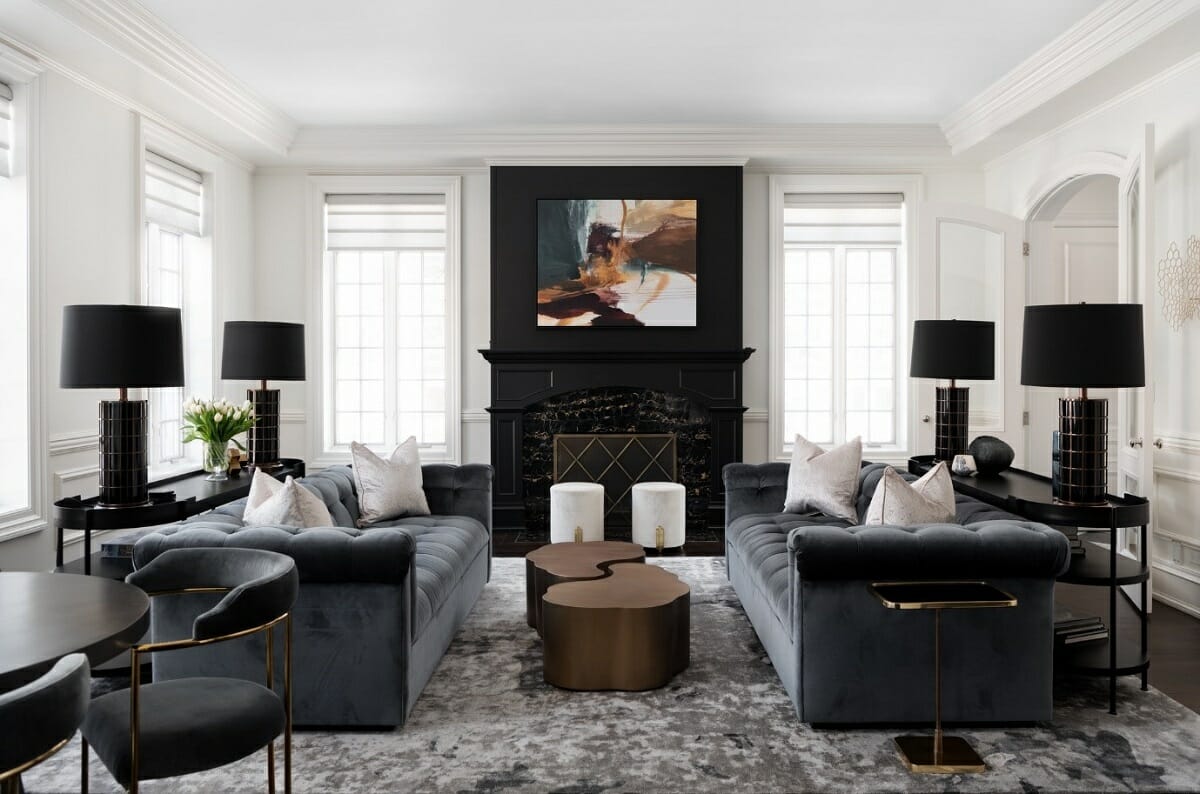
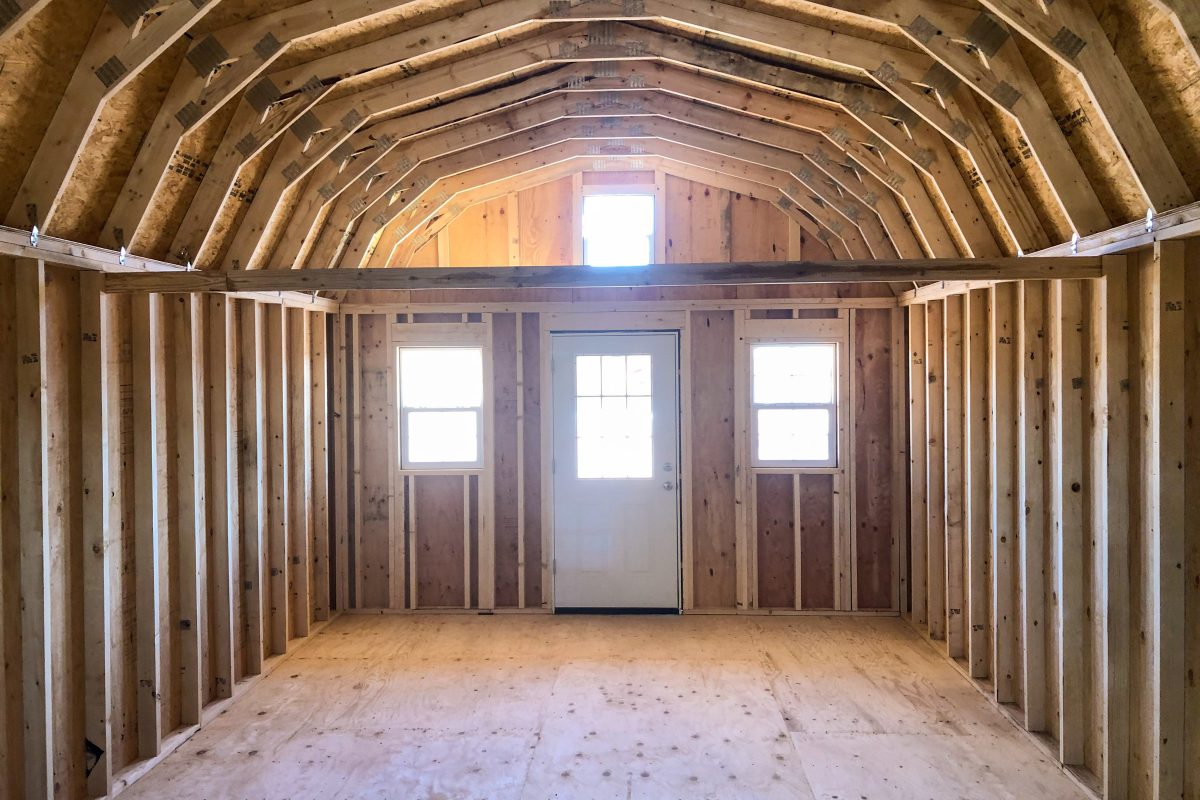
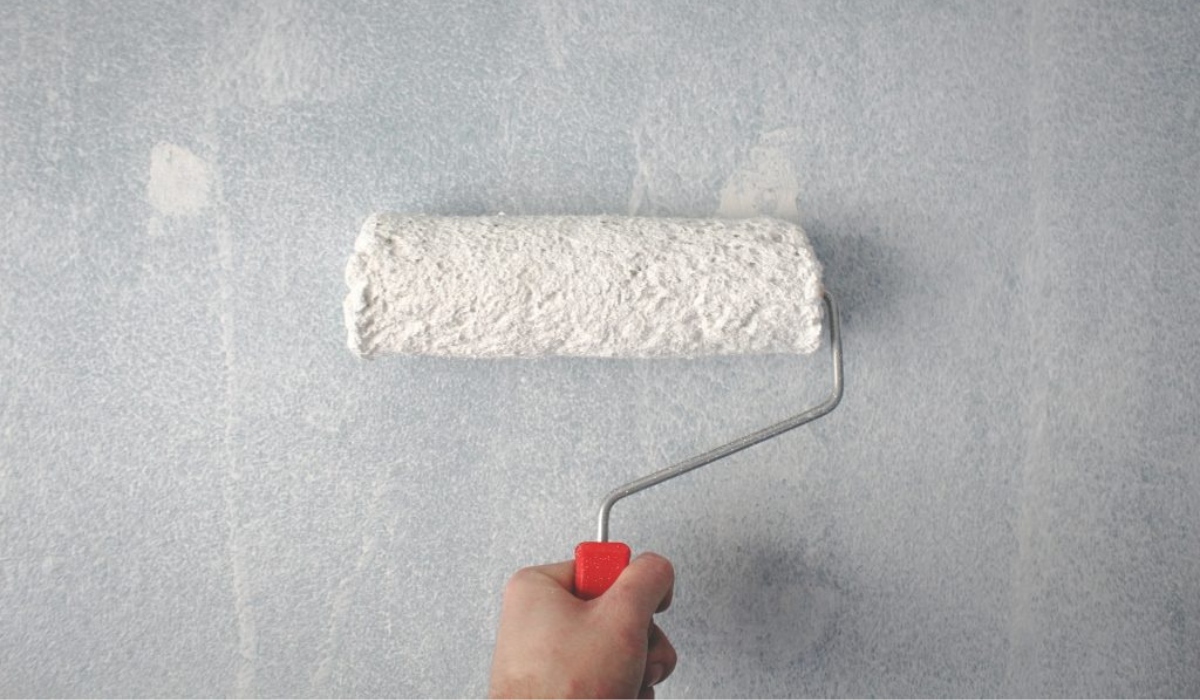
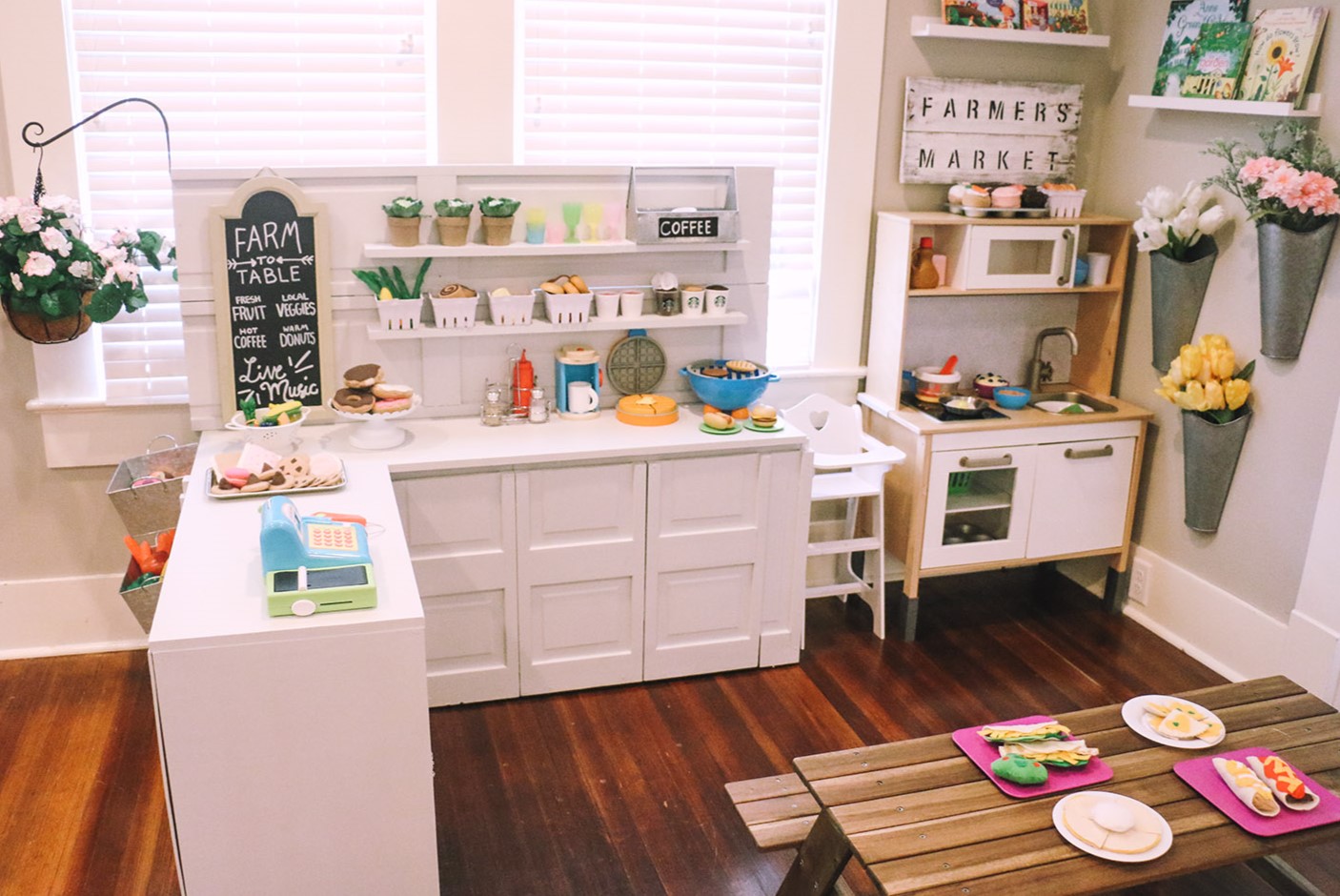

0 thoughts on “Baroque Beauty: Ornate And Dramatic Interiors”